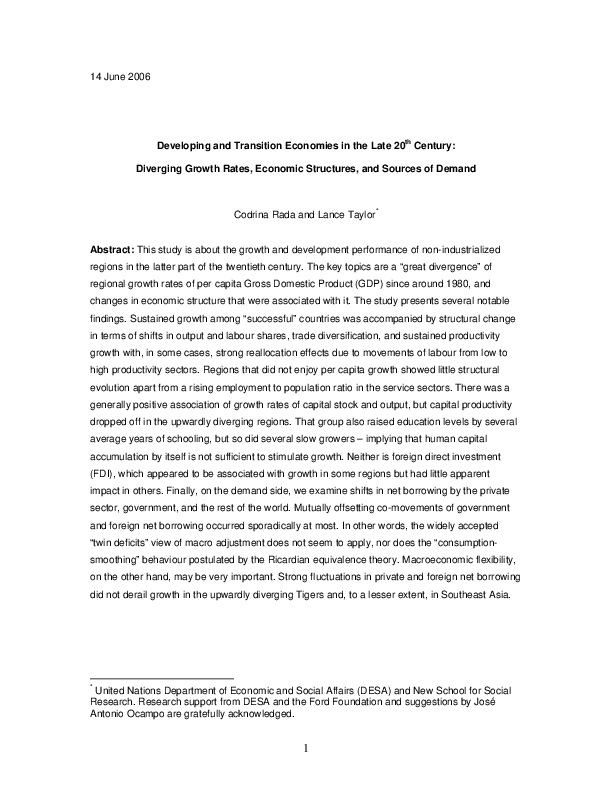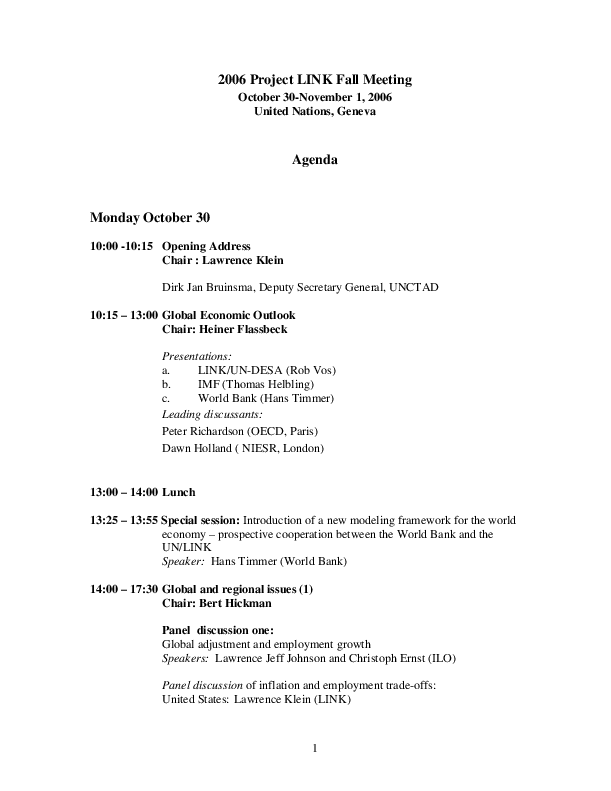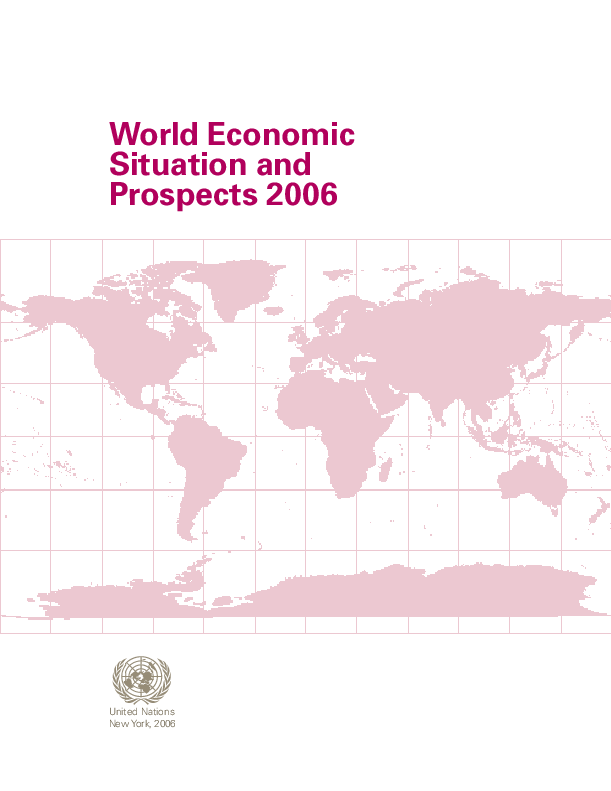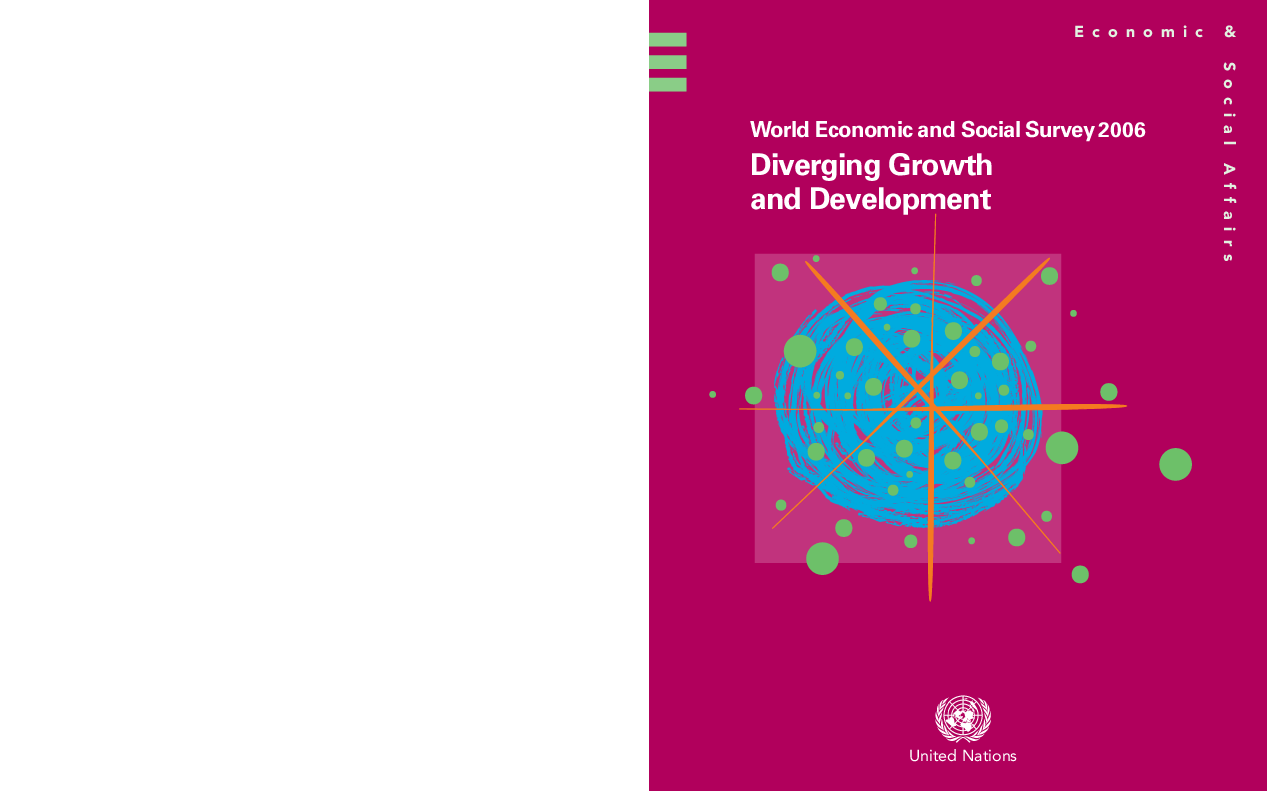Publications
Displaying 1 - 4 of 4
and Sources of Demand Codrina Rada and Lance Taylor Download Paper Governance, Economic Growth and Development
since the 1960s Mushtaq H. Khan Download Paper Real Income Stagnation of Countries,1960-2001 Sanjay G. Reddy and Camelia Minoiu Download Paper Turning Swords to Ploughshares & Little Acorns to Tall Trees: the Conflict-Growth Nexus & the Poverty of Nations S, Mansoob Murshed Download Paper Financial Development and Economic Growth: a Critical View Valpy FitzGerald Download Paper Have Collapses in Infrastructure Spending led to
Cross-Country… Publications used in the preparation of the World Economic and Social Survey 2006
 Welcome to the United Nations
Welcome to the United Nations



